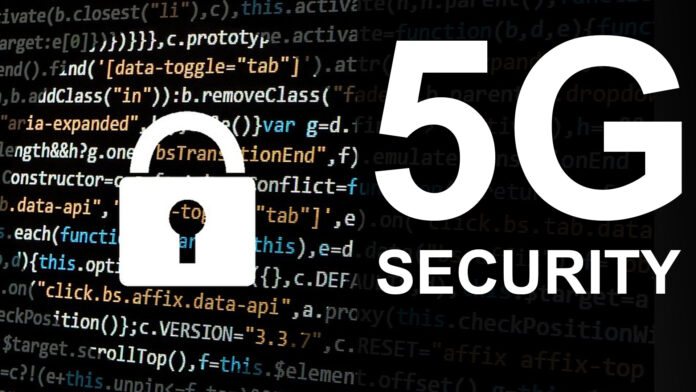(A conversation between Mohamed Idrissi and Tech Explorer 📶)
Tech Explorer 📶:
Mohamed, I get that 5G is faster and smarter — but how is it more secure?
Isn’t it just using the same LTE-style encryption?
Mohamed:
Great question — and honestly, a lot of engineers assume that too.
But the truth is, 5G introduced a complete redesign of the mobile network security framework — especially with the arrival of the Service-Based Architecture (SBA) in the 5G Core.
When I first worked on a 5GC deployment, I realized how the attack surfaces and security posture had shifted dramatically compared to 4G.
Let me break it down for you.
🛡️ 5G Security: What’s Changed Since 4G?
| 🔍 Area | 4G (EPC) | 5G (5GC) |
|---|---|---|
| Core Architecture | Node-based (MME, SGW, PGW) | Service-based (AMF, SMF, UPF, etc.) |
| Interface Security | Diameter + IPsec | HTTP/2 + TLS 1.2 |
| Subscriber Privacy | IMSI sometimes sent in clear | SUCI (encrypted IMSI using public key) |
| Mutual Authentication | Optional | Mandatory (UE ↔ Network) |
| Integrity Protection | Optional (User Plane only) | Control & User Plane supported |
| Network Exposure Control | Limited | API-based access via NEF, NSSF, etc. |
Tech Explorer 📶:
Wait — SUCI? I haven’t heard of that before.
Mohamed:
SUCI is a game changer.
It stands for Subscription Concealed Identifier.
Instead of sending your IMSI in the clear like in some 4G networks, your 5G device encrypts it with the operator’s public key before sending it.
So IMSI catchers (like fake base stations or StingRays) can’t intercept user identities anymore.
A big step forward in privacy.
Tech Explorer 📶:
And SBA? Doesn’t opening up APIs and HTTP/2 make it more exposed?
Mohamed:
That’s a valid concern — and it’s why 5G SBA comes with a full-stack security model:
✅ TLS 1.2+ encryption on all interfaces
✅ OAuth2 tokens for API authentication
✅ Mutual TLS (mTLS) for trusted services
✅ Service Mesh and NDS for east-west security
In one project, we secured a national 5G core with token-based auth and mTLS even between internal functions — like AMF and SMF.
It worked beautifully and blocked multiple simulated intrusions.
🔒 And Then There’s Network Slicing…
Tech Explorer 📶:
We hear a lot about slicing — is that another attack surface?
Mohamed:
Exactly — and it’s a big one.
Each slice has its own:
• Access control
• Exposure layer (NEF)
• QoS and routing logic
• Isolation requirements
If a vulnerability in one slice isn’t contained, it can leak across slices — especially in shared UPF/NEF scenarios.
In one security test, we simulated a DoS on an IoT slice — and it impacted the mobile broadband slice… until we enforced slice-level firewalls and UPF isolation.
Lesson learned: slice separation is not optional.
✅ Summary: Why 5G Security Is Better
• Privacy: SUCI hides IMSI from the air
• Interface protection: TLS + OAuth2 vs legacy IPsec
• Control plane integrity: Configurable and secure
• Granular access: Service-based model via NEF
• Programmability: Intent-based security and policies
• Resilience: Zero trust, service mesh, observability by design
📌 Operator Recommendations
If you’re an MNO or integrator, here’s what to prioritize:
-
✅ Train your teams on SBA and 5GC security principles
-
✅ Harden your NEF and SEPP interfaces — they’re the new front door
-
✅ Enforce TLS and token validation across all SBI functions
-
✅ Design with slice-aware firewalls and monitoring
-
✅ Embrace a zero-trust mindset — not just a firewall
Tech Explorer 📶:
Wow — definitely not the same security model as EPC!
Mohamed:
Not at all. And with features like integrated sensing, network exposure APIs, and autonomous loops, 5G needs a new generation of security operations.
We’re not just protecting users anymore — we’re protecting APIs, policies, services, and business intent.
🎓 Want to go deeper?
Check out our 5G Security course at this link.
Benefit from Massive discount on our 5G Training with 5WorldPro.com
Start your 5G journey and obtain 5G certification
contact us: contact@5GWorldPro.com


